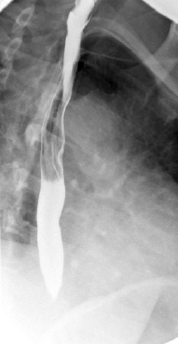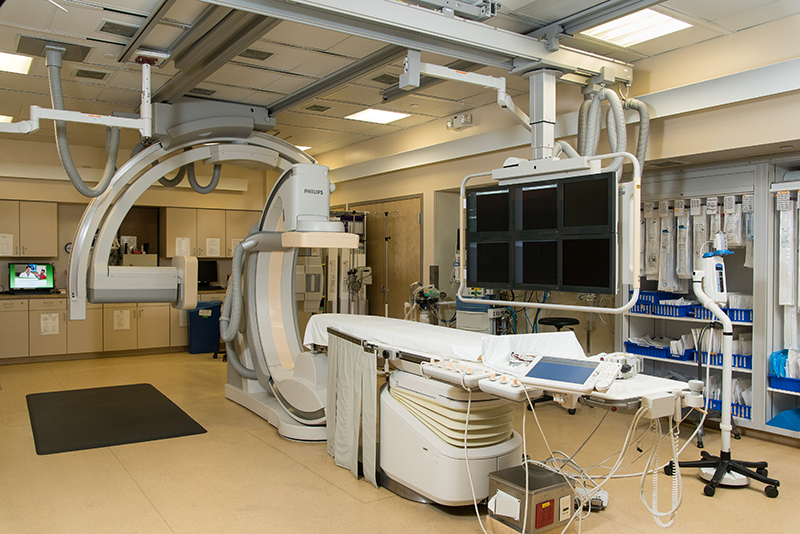
Fluoroscopy

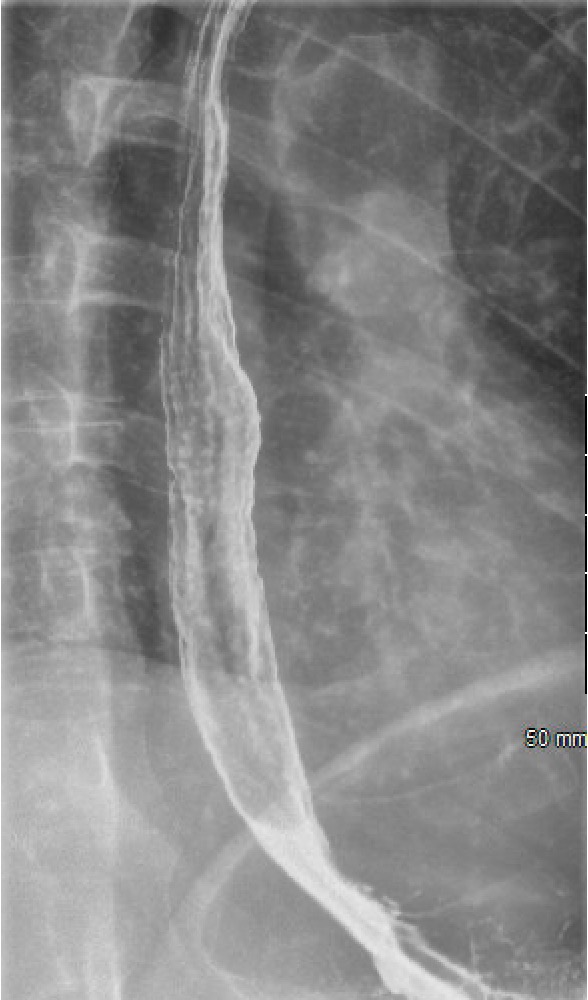
(Link to topic in Radiography Module) -OR- include here again
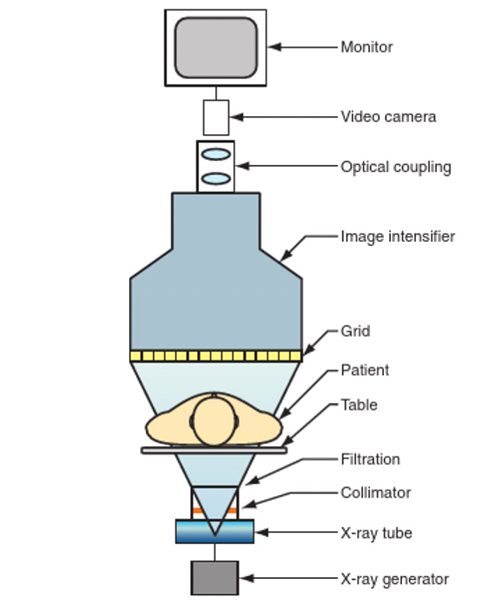
Link to topic in Radiography Module -OR- include here again
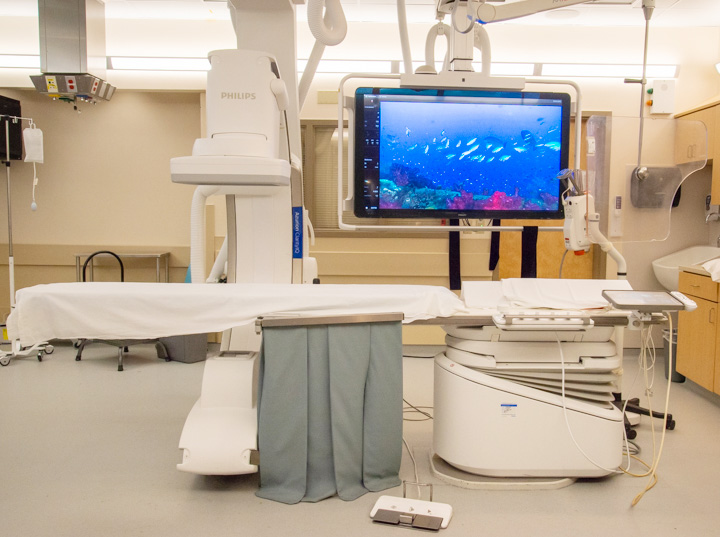
This is an example of a c-arm style of fluoroscopy machine, used in interventional radiology. This type of machine is more mobile and adjustable, allowing the patient to stay still while obtaining oblique, lateral and AP projection images of the patient. The large computer monitor is the screen for this machine.
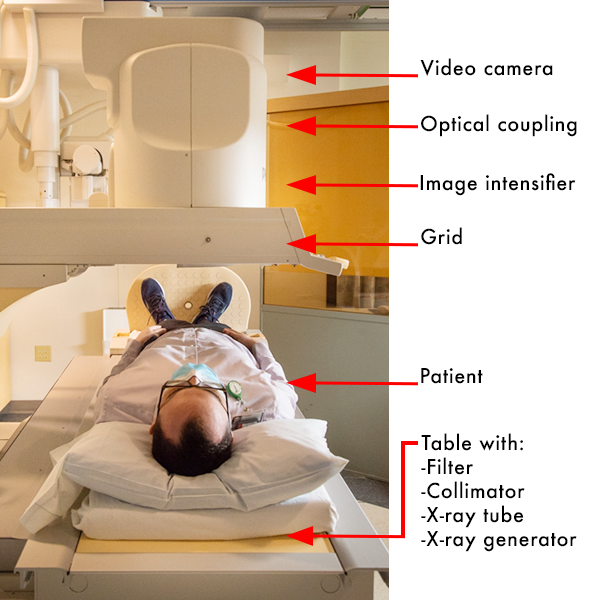
A patient lies on the table between the x-ray generator and the detector. The generator produces an x-ray beam which travels through the patient towards a special detector called the "image intensifier." Note that this is the reverse of the set up for a standard x-ray machine, in that the generator is under the patient.
For certain applications contrast is administered - orally, rectally, intravenously, intrabiliary, etc. (anything that has a lumen and is accessible can be opacified with positive or negative contrast.)
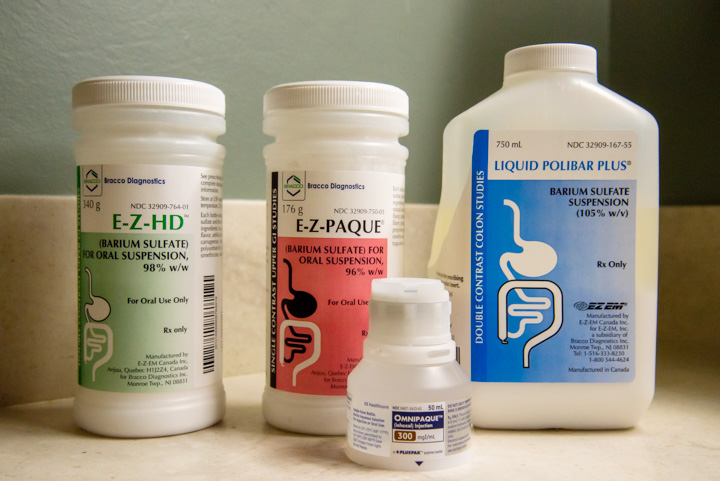
Here we have various types of contrast used in fluoroscopic procedures. From left to right:
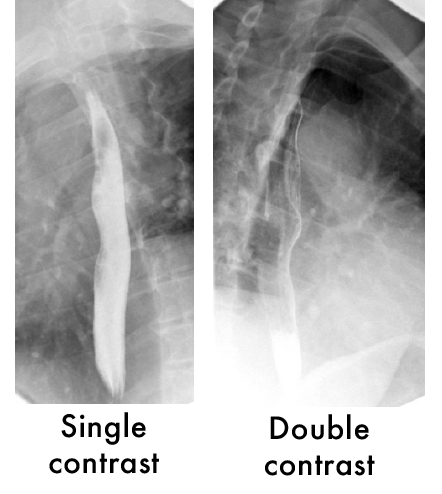
These images demonstrate the difference between single contrast and double contrast as used in an esophagram. The single contrast demonstrates normal filling of the esophagus, and the double contrast outlines the normal luminal surface.
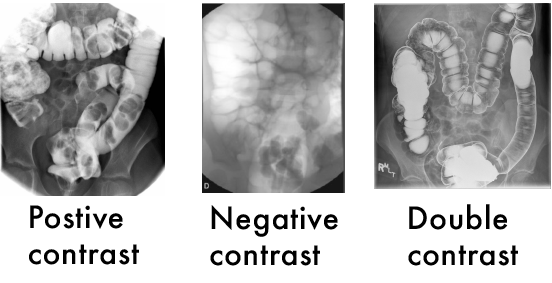
This is an evaluation of the colon, performed by inserting a catheter into the patient's rectum and injection contrast in a retrograde fashion to the level of the cecum. This can be done with positive single contrast (on the left, typically water soluble), negative contrast (in the middle, with air), and with double contrast (on the right, by instilling barium, draining it out, then inflating with air).
Fluoroscopy is especially useful for the GI system as peristalsis can be observed. It can also demonstrate obstruction and dysfunction of the GI tract in real time, helping to pinpoint the location of the abnormality. Double contrast studies offer similar luminal evaluation as direct visualization (ie: endoscopy or colonoscopy), without the invasive procedure.
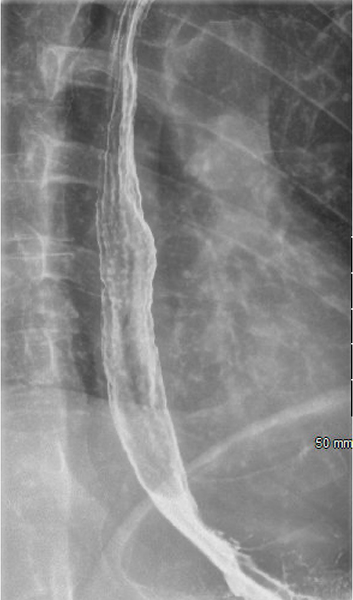
This is an evaluation of the cervical and thoracic esophagus, done with single or double contrast. The above picture is double contrast, done with air and barium.
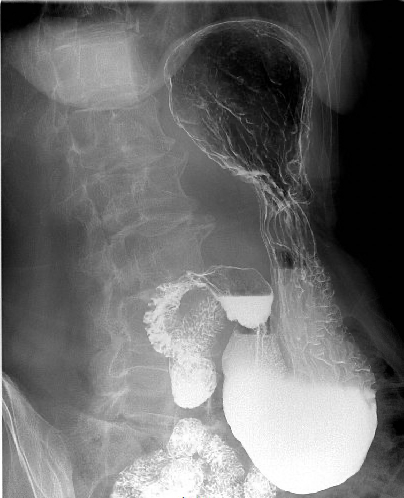
This is an evaluation of the thoracic esophagus, stomach, and duodenum, typically performed with double contrast, by having the patient drink an effervescent solution followed by barium. The above image is a double contrast image of the stomach.
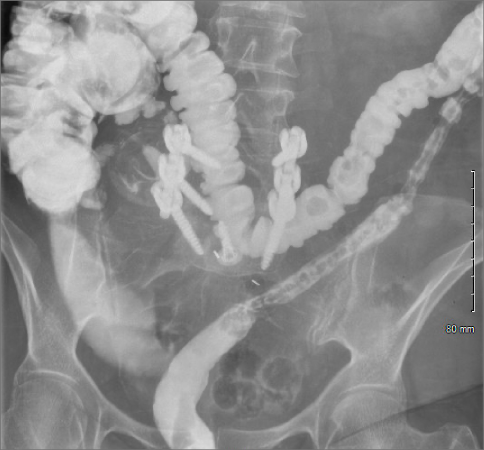
This is an evaluation of the colon, performed by inserting a catheter into the patient's rectum and injecting contrast in a retrograde fashion to the level of the cecum. This can be done with either single or double contrast. The above image was done with single contrast only, water soluble contrast.
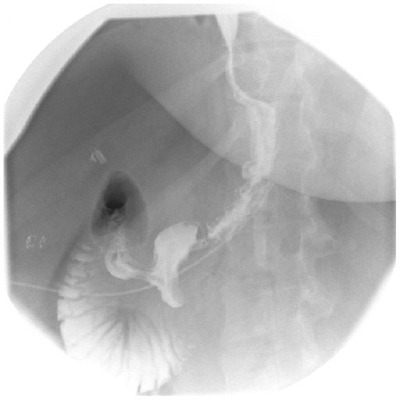
Post-gastric sleeve: This single contrast (water soluble) image demonstrates normal flow of contrast through the post-operative stomach, with no leaking beyond the lumen.
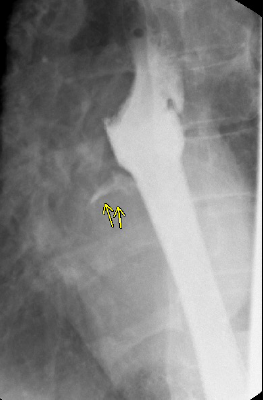
Post-esophageal stent leak: This single contrast (water soluble) image demonstrates a small leak in the esophageal stent (arrow) as shown by contrast going outside of the normal lumen
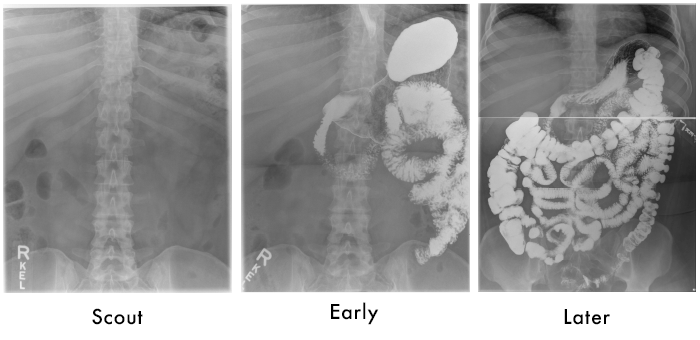
These scout (pre-contrast), early and late post contrast images demonstrate contrast flowing through the stomach and duodenum into the jejunum and ileum. The late image demonstrates contrast throughout the entire colon, proving that there is no small bowel obstruction.
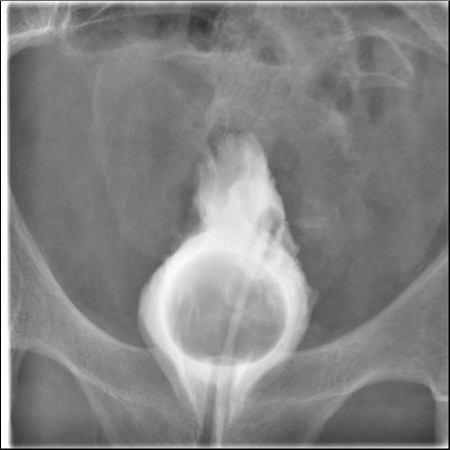
Cystogram- An evaluation of the bladder performed by instilling contrast through a foley catheter. This is typically pre or post op, to assess for ureteral reflux, ureterocele.
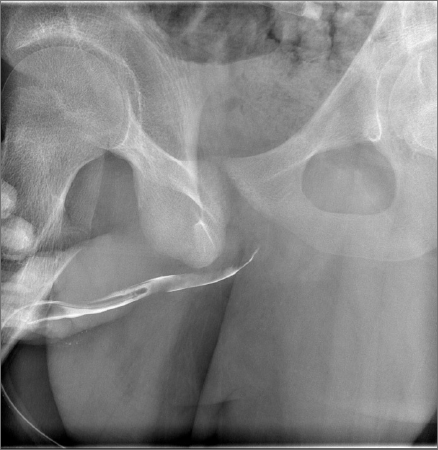
Retrograde urethrogram- An evaluation of the male urethra, performed by instilling contrast through a partially inserted foley catheter, usually after trauma to assess for discontinuity.
Arthrogram- contrast for CT or MRI
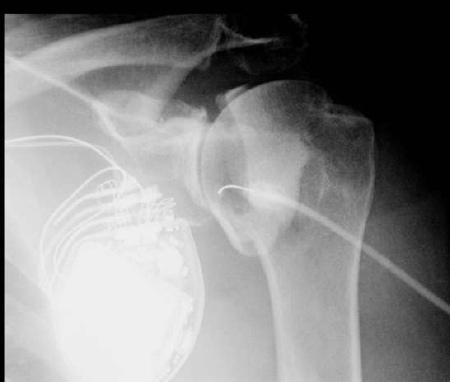
This is a fluoroscopic video of a pediatric patient being evaluated for swallowing dysfunction by speech and language pathology.
